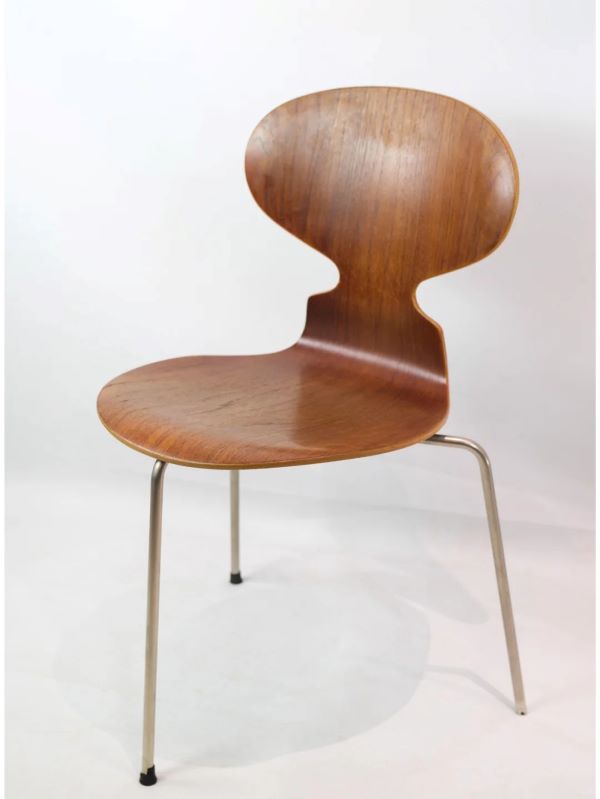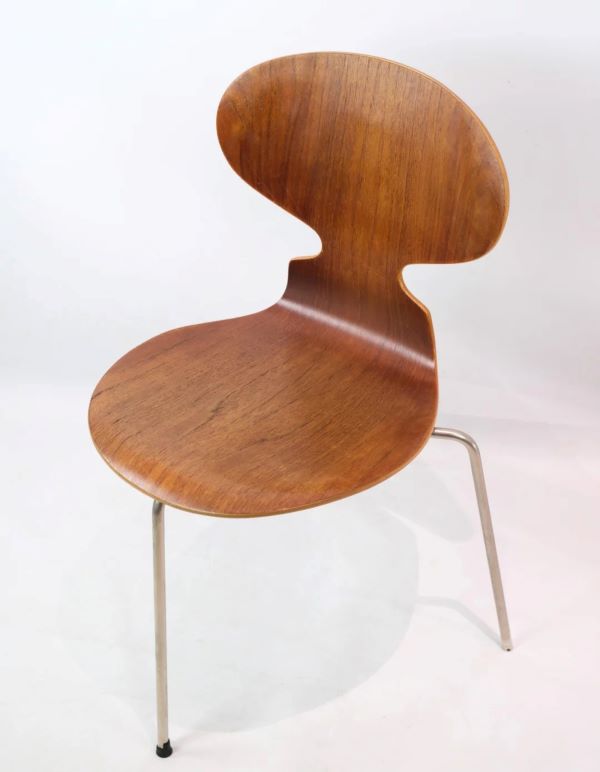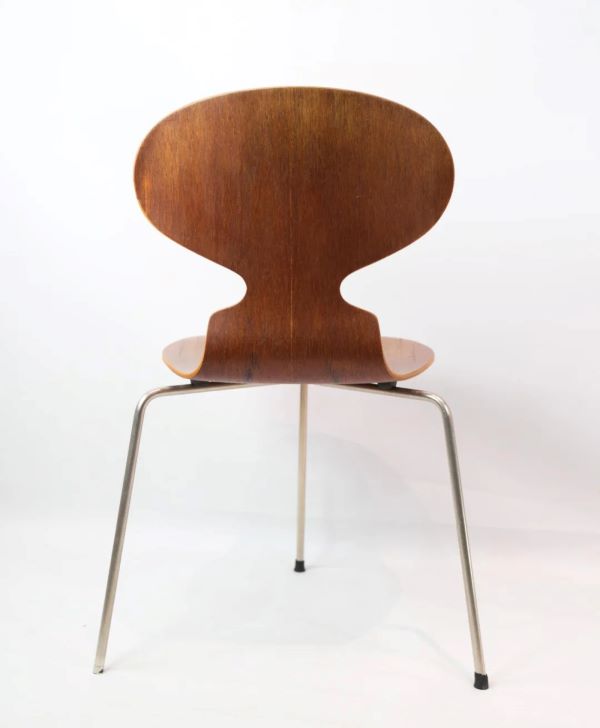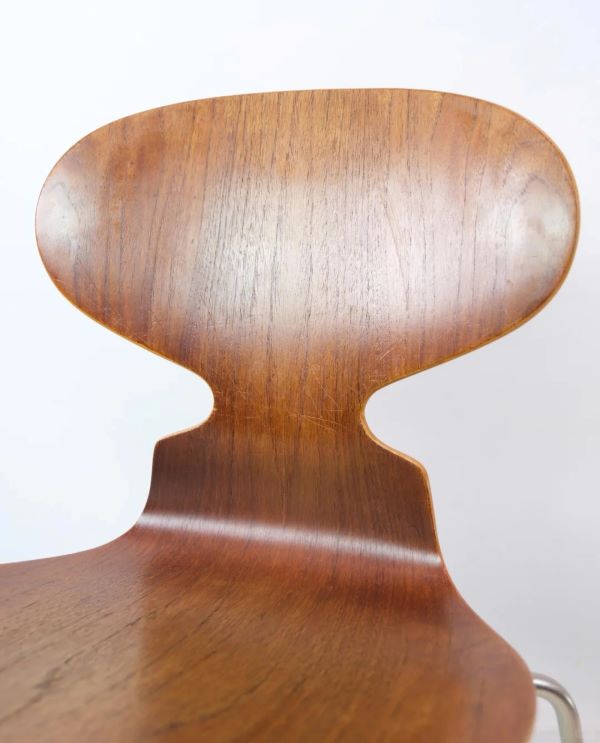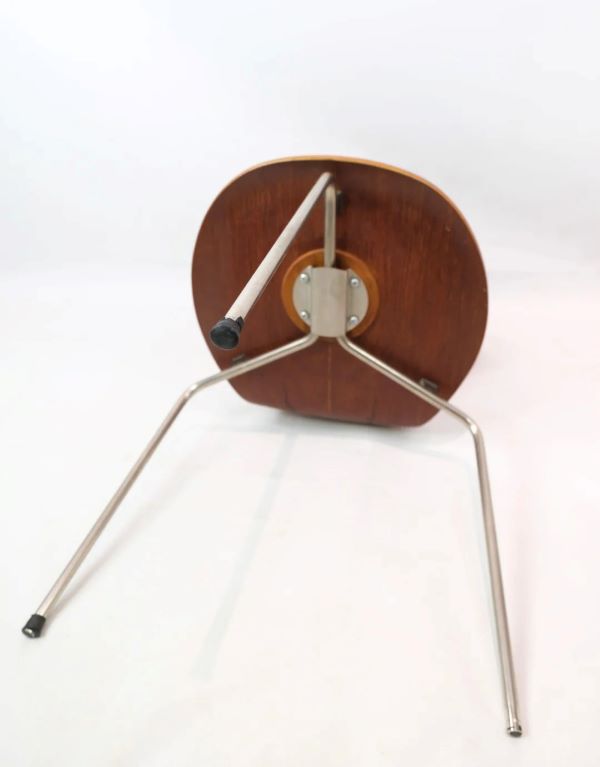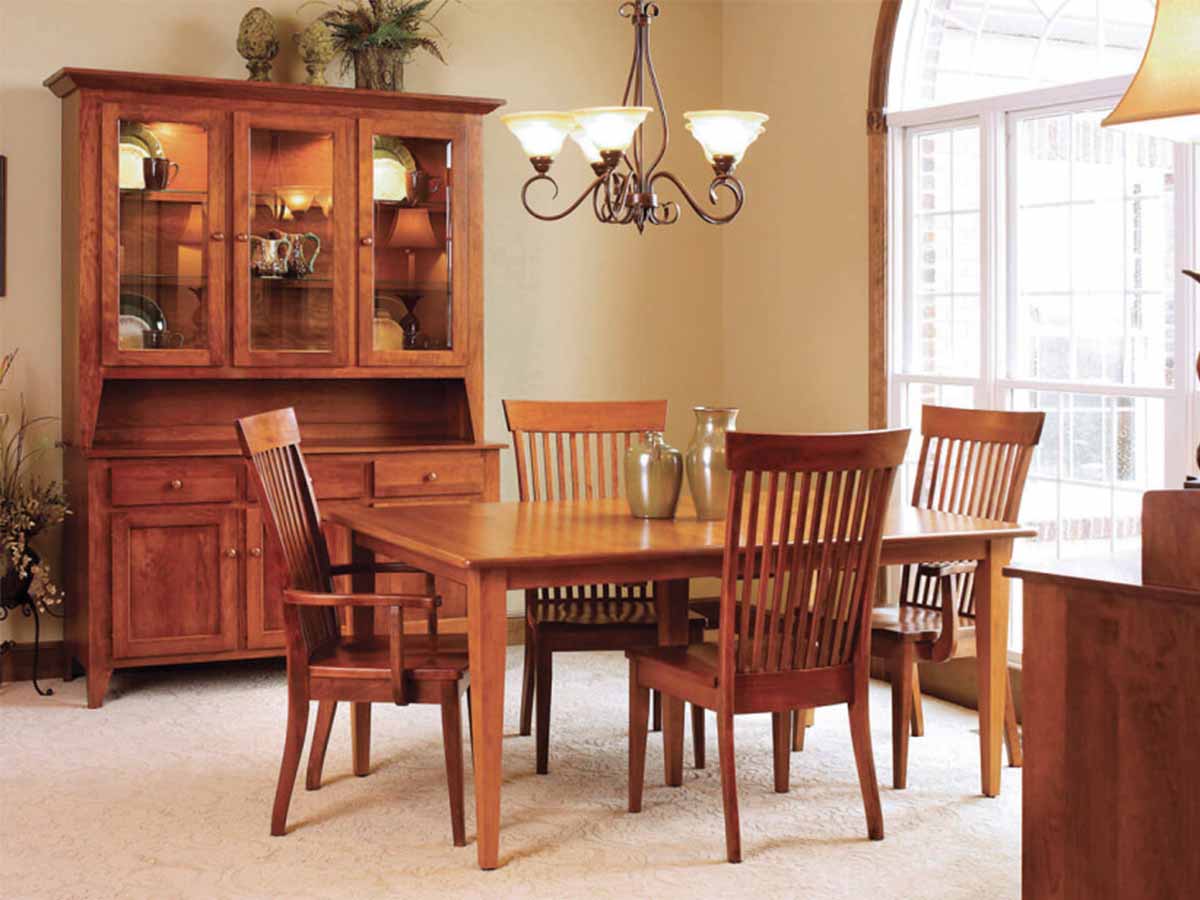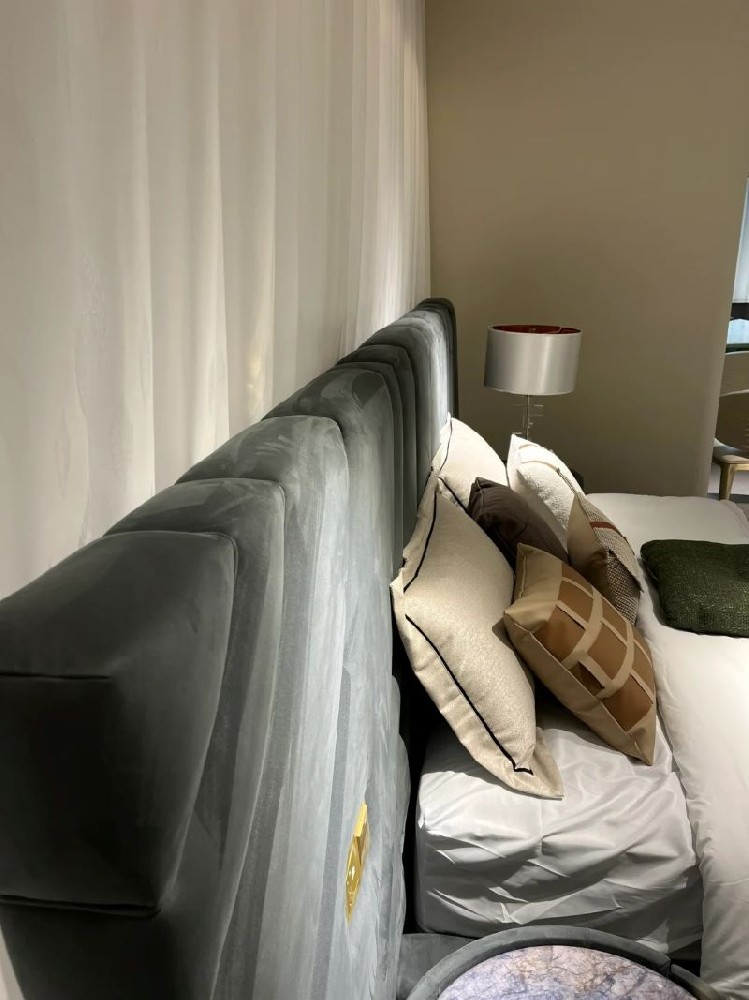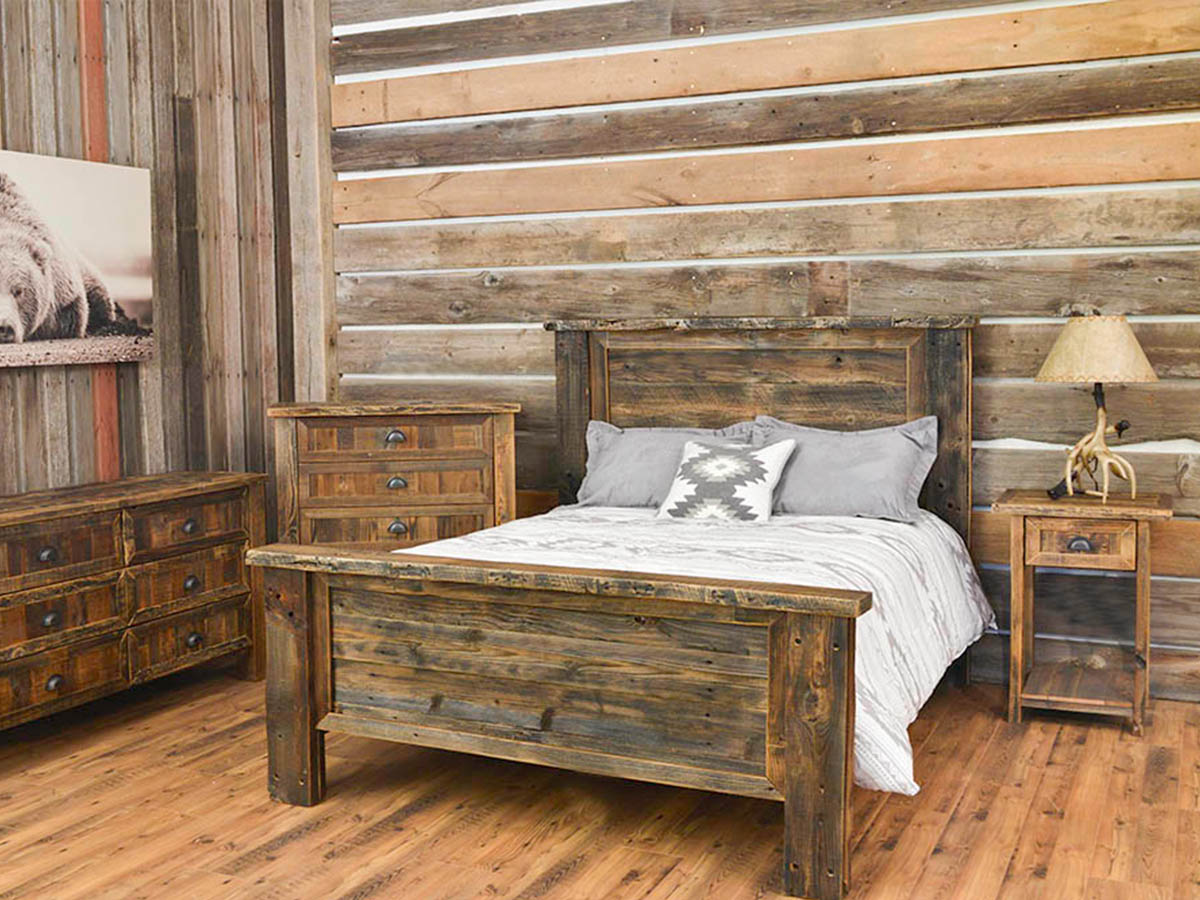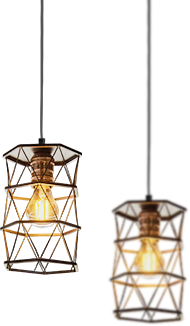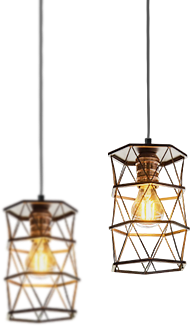Ant Chairs - Hot Dining Chairs In The Medieval Marketplace
In the modern world, chairs are a part of everyday life, and we don't notice them too much. However, the history of human chair sitting is actually not that long ago, and the process of accepting and popularising this type of seating varies from culture to culture.
The chairs introduced today are works of art that break the mold in a hundred ways, and the Bionic Design Ant Chair is one of them.
Contact FFM for a bespoke style solution
The First Mass-Produced Chair in Danish History
When this amazing chair was first introduced, it was somewhat unconventional. In our understanding, chairs typically have four legs, while this design features only three. Can a three-legged chair be stable? In mathematics, triangles are indeed stable, but the Ant Chair did encounter stability issues, leading to the development of the current four-legged version. It has to be said that this was a great attempt.
Designed by the renowned Danish designer Arne Jacobsen, who was an advocate of functionalism and romanticism, he was also the first to introduce modernist design. Jacobsen's works are known for their simplicity and clarity of form, while also being lively and expressive. The Ant Chair represents a dynamic and sensuous design. Drawing inspiration from nature, it employs a unique design language that breaks free from the confines of traditional design conventions. With its sculptural solid form and organic language, it beautifully blends rationality with emotion in design.
The Early Ant Chair
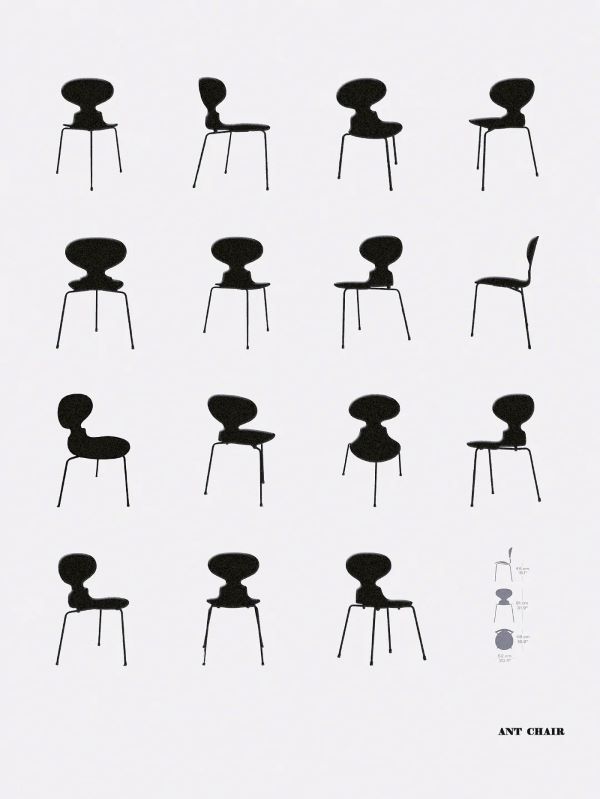
When it was first produced the legs of this chair were made of thin steel tubes, with the waist crafted from cut and bent plywood. The molded plywood was fixed onto three chrome-plated tubular steel legs, creating one of the earliest shapes in this series. It is the first piece of furniture in Denmark that could be entirely mass-produced through industrial methods. The design consists of only two parts, making it extremely economical with minimal material usage. Named for its resemblance to the head, thorax, and abdomen of an ant, the chair boasts a delicate, three-dimensional form with a tapered silhouette that enhances its recognizability. I wonder if it can be used to measure everyone's "ant waist."
The Combination of Iron and Wood
Design Concept
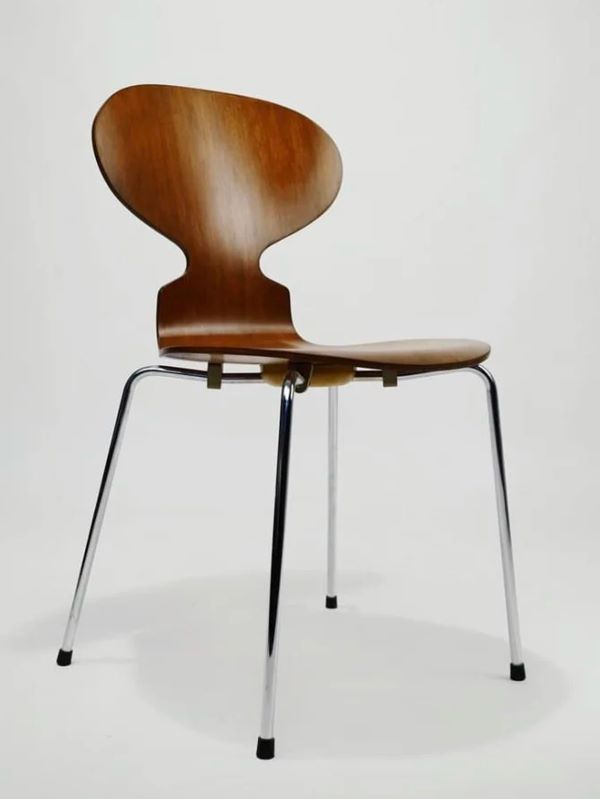
This chair is made from nine layers of extremely thin plywood, with the thickness of each layer varying according to the stresses on different parts of the chair. These thin sheets are produced through a rotary cutting process. The design cleverly employs only three legs, allowing for more chairs to be stacked. However, when you sit on the chair and lean to the left or right, you may feel a bit unstable.
Materials and Craftsmanship
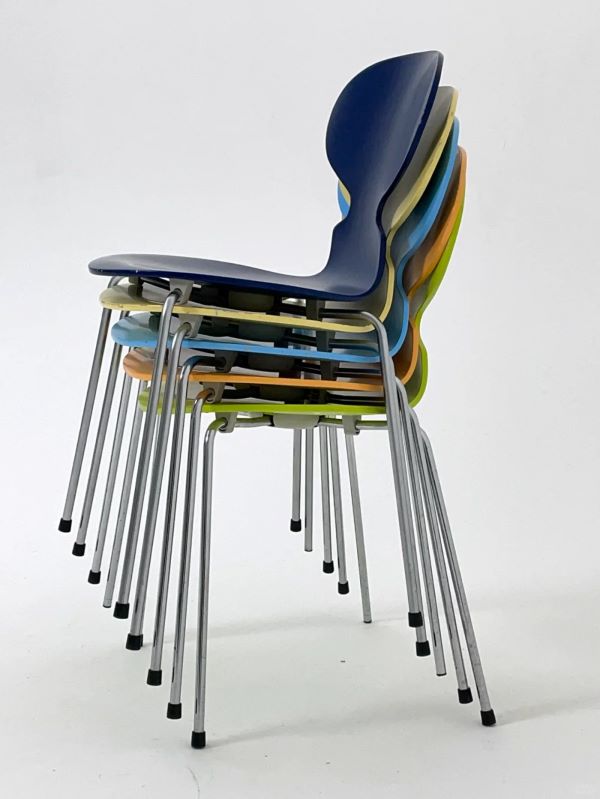
The seat and backrest are made from a single piece of plywood, which must be bent to create the design, with the lower part of the backrest tapering sharply. This waist-like shape is what inspired the chair's name. The legs were made of plastic in the first production versions, but in later versions, they were replaced with steel tubes. The materials used and their specific structure give the chair a relatively low weight while maintaining stability. Additionally, the Ant Chair is stackable.
Design Evaluation
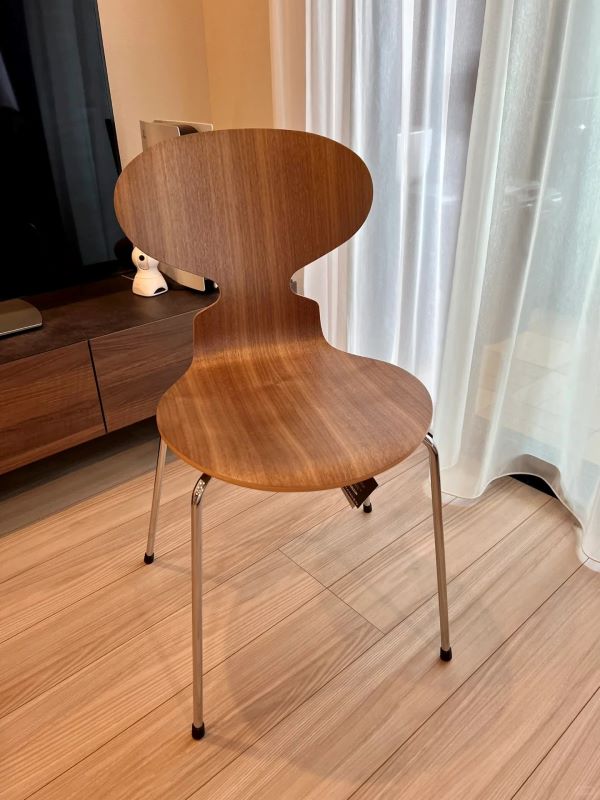
The Ant Chair can be considered a classic of molded plywood furniture, simpler and more playful in form compared to the Eames LWC dining chair. The combination of simple lines and the overall curvature of the laminated panels provides a fresh interpretation of the seat's shape. The chair transcends mere functionality, embodying a sense of life and a whimsical character. The variations in the curvature of the seat and backrest align perfectly with human anatomical needs. Even without using any soft materials for contact areas, the smooth surface feels neither stiff nor cold; instead, it is surprisingly comfortable.
Whether used in a dining room, office, or casual space, this chair adds a unique design touch to any environment, making it a favorite among home decor enthusiasts worldwide. Its classic design remains timeless and continues to be a popular choice for design lovers and collectors alike.
Timeless simplicity
The Ant Chair owes its minimalist and elegant appearance to the seat shell, which is made from a single piece of bent veneer plywood. The process of gluing the layers together enhances the natural characteristics of the wood and ensures resilience and comfort as the seat shell adapts to the user's movements. Comfortable, stackable, and relatively lightweight for versatile use, the Ant Chair is also suitable for seating activities in larger rooms. The seat and backrest of the Ant Chair consist of a single shape, cut, glued, and pressed into shape from nine layers of veneer; Fritz Hansen has always used beech wood as the core veneer and a selection of different clear lacquered woods as the top veneer. Once the seat shell is finished, it is attached by hand to a chrome-plated tubular steel frame.
The tiny one, like an ant spirit, is cute and perfect for small spaces. It can be folded for storage, so it really saves space. All in all, this bionic design product is a big success.
Outstanding furniture team from Foshan
Foshan, known as the hub of China's furniture industry, is where our team has cultivated extensive expertise. Engaged in this vibrant market, we have refined our understanding of its intricacies, from sourcing high-quality suppliers to keeping abreast of current trends. Our strong partnerships with manufacturers enable us to negotiate outstanding deals and ensure superior quality furniture. With more than ten years of experience in global furniture sourcing and logistics, we are committed to providing not only premium products at competitive prices but also a seamless and personalized service that meets your needs.
CONTACT FFM FOR A BESPOKE STYLE SOLUTION

